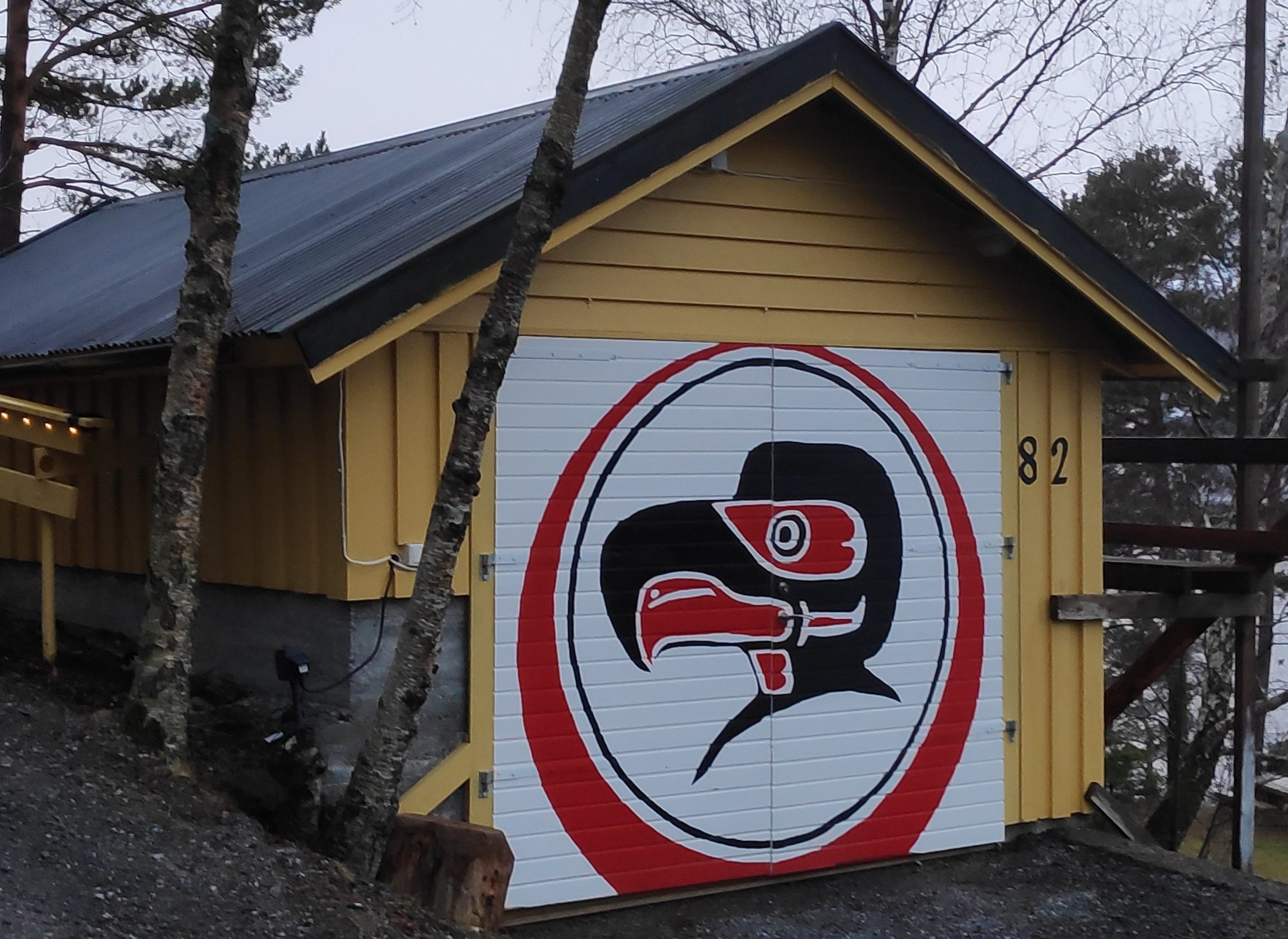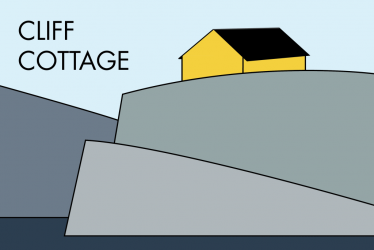
I remember 1980-05-18 clearly. I was living with Trish at her parents’ house in Vancouver, contemplating a move to Norway, or perhaps New Zealand. That day, however, was focused on Mount Saint Helens.
Mount St. Helens’ eruption sent a 2.5 billion cubic meters of debris into the upper Toutle Valley, millions of tons of sediment still pour into the Cowlitz River each year. 45 years after blast, Mount St. Helens’ sediment still causing costly problems. Mount St. Helens’ sediment still causing costly problems. Cities grapple to maintain drinking water and deep ports. In 2024, the Port of Longview spent more than half a million dollars dredging about 5 600 cubic meters of Mount St. Helens’ sediment from the mouth of the Cowlitz River and nearby port berths.
A sediment retention dam has been in place since 1989, but it needs updating. That work has been delayed, leaving nearby cities to find their own solutions to drinking water needs and maintain deep draft levels at ports.
Kelso is looking to update its water system due to impeding sediment, while Castle Rock and Longview have changed their systems in light of the blast. The U.S. Army Corps of Engineers continues to monitor sediment levels.
The problem
Mountain runoff carries ashen remains of what was the volcano’s peak into the North Fork Toutle River and down to the Toutle. From there, the lower Cowlitz River ferries an average of nearly 3 millions tons of sediment through Castle Rock, Kelso and Longview, where it dumps into the Columbia River
On this post’s publication, 45 years after the destruction, there are suggestions that Mount Saint Helens may explode again.
Some Geography
I am learning that providing a mountain’s height is sometimes not enough. So I am now including prominence where it is relevant of. Prominence measures the height of a mountain or hill’s summit relative to the lowest contour line encircling it but containing no higher summit within it. It is a measure of the independence of a summit. The key col = saddle around the peak is a unique point on this contour line. A parent peak is some higher mountain, selected according to various criteria.

As the forty-fifth anniversary of the eruption of Mount Saint Helens approaches there are two other volcanoes attracting my attention.
Mount Spurr
However, there are suggestions that Mount Spurr, in Alaska, will be the American volcano that erupts first. It has a height of 3 370 m, with a prominence of 585 m. It has been active: swelling, quaking and venting noxious gases. Fortunately, communities do not live on its slopes that would be destroyed by lava. Unfortunately, lots of ash could be produced, which could affect Alaska’s largest city, Anchorage about 130 km away.
The Alaska Volcano Observatory raised Mount Spurr’s Level of Concern Color Code from Green to Yellow, on 2024-10-23. The mountain is known aboriginally by the Dena’ina Athabascan name K’idazq’eni = that which is burning inside.
Axial Seamount Volcano

One of the most active volcanoes in the Pacific Northwest is the Axial Seamount. It sits on the Juan de Fuca Ridge about 480 km off the coast of Astoria, Oregon. In the recent past, Axial has erupted three times, in 1998, 2011 and 2015. After the 2015 eruption, the volcano saw a period of decreased earthquake activity and seafloor rise, which has since ramped up around late 2024. Earthquakes are an important proxy for volcanic activity. Axial saw hundreds, then thousands of earthquakes every day in the months leading up to its eruption in 2015. On the day of its last eruption 9 000 earthquakes occurred.
Cascadia Day
Some people are wanting to call 05-18 Cascadia Day, because of the eruption of Mount Saint Helens. People realized that the earth is (figuratively) alive! Alfred Wegener (1880 – 1930) proposed the idea of continental drift in 1912. This led to Arthur Holmes (1890 – 1965) to gain an understanding of the mechanical and thermal implications of mantle convection, which led eventually to an understanding of plate tectonics. This led to an understanding of the Cascadia Subduction Zone by the mid 1980s. Gradually, there was an awareness that massive forces including volcanic eruptions, mountain building, mega-earthquakes, tsunamis and more can be regarded as an interacting system working beneath the surface of the earth.
Below is the Doug = Douglas fir = Pseudotsuga menziesii Flag. Its designer, Alexander Baretich, describes it as a tricolor consisting of three horizontal stripes of blue, white and green, with a single Douglas fir tree in the center. The blue stripe represents the sky, Pacific Ocean and Salish Sea, as well as the myriad of rivers in the bioregion including the Columbia, the Snake and Fraser Rivers. The white represents clouds and snow and the green represents the region’s countless fields and evergreen forests. The tree symbolizes endurance, defiance and resilience against fire, flood, catastrophic change, and ever increasingly against the anthropocentric man.


